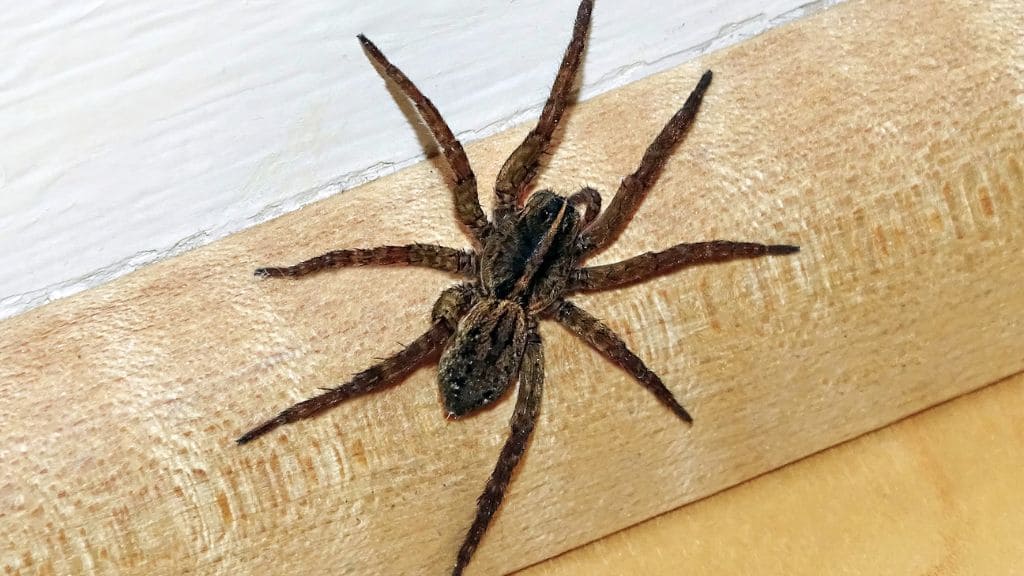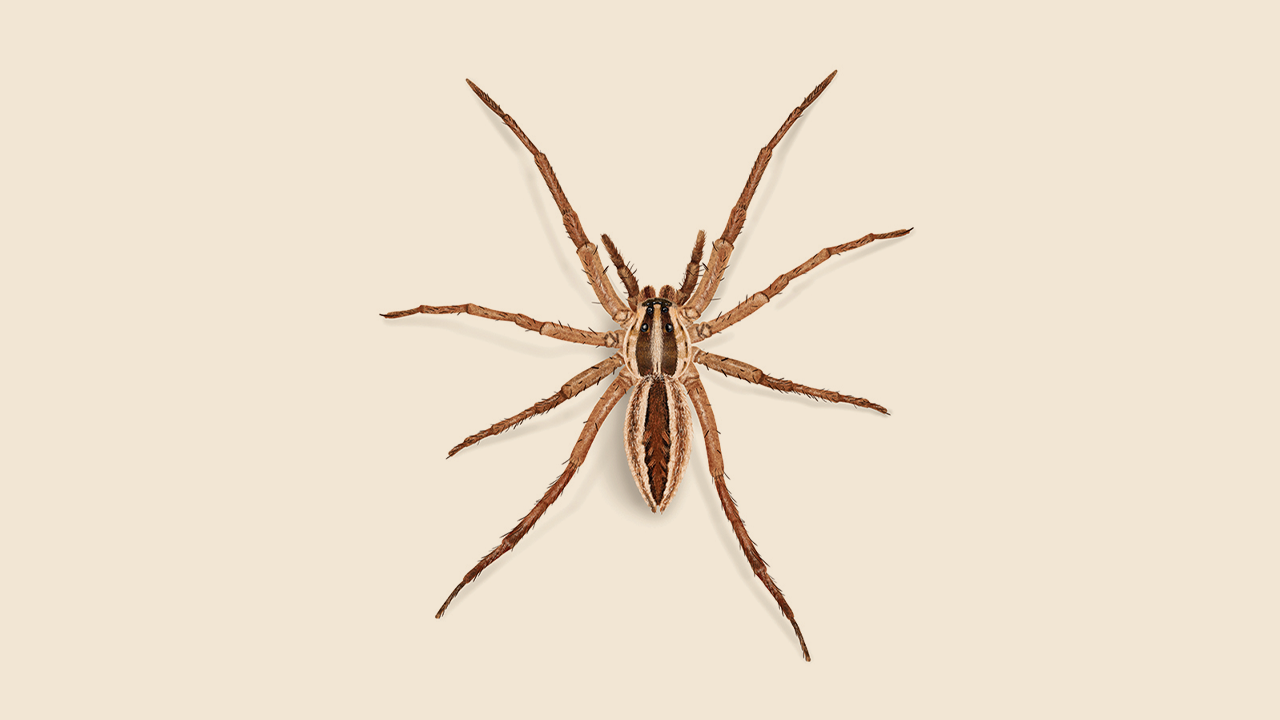Living in Texas, I’ve often encountered a variety of spiders, but none have sparked more curiosity and concern than the wolf spider and the brown recluse. Both species, although frequently confused for one another, exhibit unique characteristics and behaviors that are fascinating to study. As a spider researcher, I’ve spent countless hours observing these arachnids in their natural habitats, and I’m here to share my insights on what sets them apart and how to identify them accurately.
Wolf spiders, with their robust, hairy bodies and swift movements, are the epitome of a hunter. They roam freely in search of prey, often surprising unsuspecting insects with their speed and agility. Unlike many spiders, wolf spiders do not rely on webs to capture their food, instead using their keen eyesight and powerful legs to pounce on their targets. These diurnal creatures are commonly found in outdoor environments, from wooded areas to grassy fields, making them a frequent sight during the day.
In contrast, the brown recluse, known for its distinctive violin-shaped marking, is a more reclusive and nocturnal spider. Preferring dark, undisturbed areas such as attics, closets, and basements, brown recluses are rarely seen unless disturbed. Their venom, however, is a cause for concern, as a bite can lead to serious medical issues if not treated promptly. Understanding the behavior and preferred habitats of these spiders is essential for avoiding unwanted encounters and ensuring a safe coexistence.
Introduction to Wolf Spiders and Brown Recluses

Both wolf spiders and brown recluses are commonly encountered in the United States, especially in Texas. Despite their frequent confusion, they are distinct species with different behaviors, appearances, and threats. Understanding these differences is crucial for both identifying them and knowing how to handle encounters.
Physical Characteristics
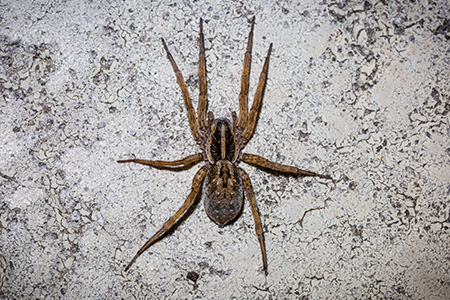
Wolf Spider: A Closer Look
Appearance: Wolf spiders vary in color, including brown, black, or gray. They have a robust, hairy body that can range from 0.5 to 2 inches in diameter, excluding leg span. One of their most notable features is their eight eyes, arranged in three rows, which contribute to their excellent night vision.
Identification: Unlike the brown recluse, wolf spiders do not have a violin-shaped mark. Their hairy legs and body give them a somewhat shaggy appearance, which can be quite intimidating.
Brown Recluse: Recognizing the “Violin Spider”
Appearance: The brown recluse is smaller, with a body length of about 0.3 to 0.8 inches. It is typically light brown and is known for the distinctive violin-shaped mark on its back. This mark, combined with its six eyes arranged in pairs, makes it relatively easy to identify once you know what to look for.
Identification: The brown recluse’s smooth, non-hairy body contrasts sharply with the wolf spider’s hairy appearance. The violin-shaped mark is a key identifier, especially if you spot it in the right light.
Behavior and Temperament

Wolf Spider Behavior
Aggression: Wolf spiders are known for their aggressive behavior when provoked. They actively hunt and pounce on their prey, which is why they are often found outdoors in environments where they can roam freely. They do not spin webs; instead, they use their speed and agility to catch prey.
Activity: These spiders are diurnal, meaning they are active during the day. This makes them more visible compared to nocturnal spiders like the brown recluse.
Brown Recluse Behavior
Shyness: True to their name, brown recluses are shy and prefer to hide in dark, secluded spaces. They are nocturnal, so they are most active at night, which makes encounters less common.
Web Building: Unlike wolf spiders, brown recluses build irregular, non-sticky webs in which they wait for prey. Their preference for dark, undisturbed areas such as attics and basements can lead to increased chances of accidental encounters with humans.
Venom and Health Risks
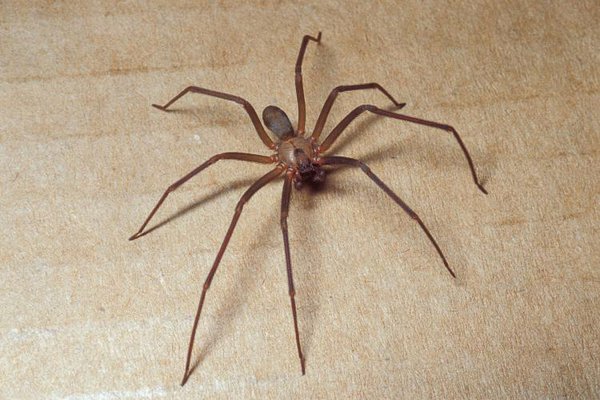
Wolf Spider Venom
Toxicity: The venom of a wolf spider is relatively mild compared to that of the brown recluse. While it can cause localized symptoms such as redness, swelling, and pain, these are typically not severe and usually resolve within a few days.
Allergic Reactions: In some cases, individuals may experience more severe reactions if they are allergic to spider venom. However, this is less common and usually manageable with over-the-counter treatments.
Brown Recluse Venom
Toxicity: The brown recluse’s venom is significantly more dangerous. A bite can cause severe reactions including necrosis, where the tissue around the bite site dies. Immediate medical attention is crucial if bitten.
Symptoms: Initial symptoms might include a small, red, and itchy spot. Over time, this can develop into a large ulcer or sore. Medical intervention is necessary to manage and treat the effects of the venom.
Habitat and Geographic Distribution

Wolf Spider Habitat
Preferred Environments: Wolf spiders thrive in outdoor environments such as wooded areas, grasslands, and near water sources. They are adapted to a range of habitats and are often found in leaf litter or under stones and logs.
Global Range: These spiders are found worldwide, making them a common sight in many different regions and climates.
Brown Recluse Habitat
Preferred Environments: Brown recluses prefer dark, sheltered areas such as basements, closets, and under furniture. They are more commonly found indoors, particularly in the southern and midwestern United States.
Geographic Range: Their range is more limited compared to wolf spiders, with a concentration in the southern and midwestern regions of the U.S.
Identifying and Avoiding Encounters
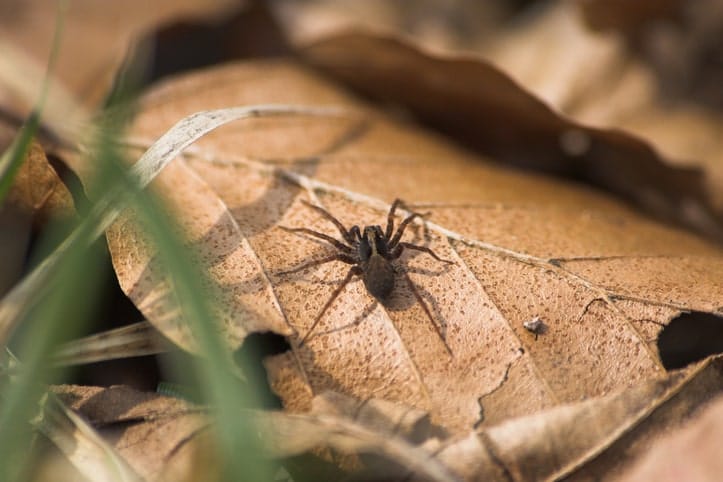
Wolf Spider Identification Tips
Visual Cues: Look for their distinctive hairy bodies and eight eyes. Wolf spiders are often seen during the day and may be spotted moving quickly across the ground.
Avoiding Encounters: To minimize encounters, avoid walking through dense underbrush without checking your surroundings, and be cautious when moving stones or logs.
Brown Recluse Identification Tips
Visual Cues: Focus on the violin-shaped mark on their back and the six eyes arranged in pairs. They are more likely to be encountered in dark, undisturbed areas.
Avoiding Encounters: Keep storage areas clean and well-lit, and shake out clothing and shoes before wearing them if they have been stored for a while.
What to Do If Bitten
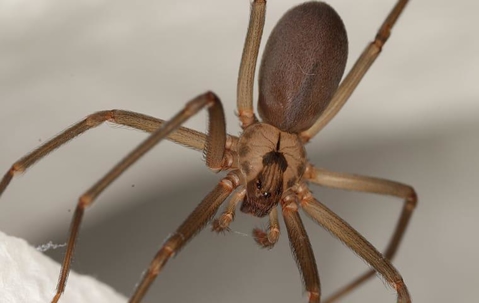
Wolf Spider Bite Treatment
First Aid: Clean the bite area with soap and water. Apply a cold compress to reduce swelling and take over-the-counter pain relievers if needed.
When to Seek Medical Attention: If you experience severe reactions, such as an allergic response, or if symptoms persist, consult a healthcare provider.
Brown Recluse Bite Treatment
First Aid: Immediate medical attention is crucial. Clean the wound and apply a cool compress, but do not attempt to treat severe symptoms at home.
Medical Treatment: Treatment often involves wound care, pain management, and sometimes antibiotics or other medications depending on the severity of the bite.
Myths and Misconceptions

Common Myths about Wolf Spiders
Myth: Wolf spiders are dangerous and highly aggressive. Reality: While they can bite if provoked, wolf spiders are generally not aggressive towards humans and are more a threat through their venom than through behavior.
Common Myths about Brown Recluses
Myth: All brown spiders are brown recluses. Reality: Many brown spiders are harmless and may be confused with the brown recluse. Accurate identification is key.
The Role of Spiders in the Ecosystem
Wolf Spider’s Role
Ecological Impact: Wolf spiders are beneficial in controlling insect populations. Their hunting behavior helps maintain the balance of various pest species.
Environmental Indicator: The presence of wolf spiders can indicate a healthy ecosystem with a diverse insect population.
Brown Recluse’s Role
Ecological Impact: Brown recluses play a role in controlling insect populations, although their web-building is less effective than that of orb-weaver spiders.
Environmental Indicator: They are often found in disturbed or cluttered environments, which can indicate a need for cleaning and organization in human habitats.
Conclusion
Understanding the differences between wolf spiders and brown recluses is crucial for both safety and appreciation of these arachnids. While wolf spiders are generally harmless and beneficial, brown recluses pose a more serious risk and require careful handling. By familiarizing yourself with their characteristics and behaviors, you can better manage and avoid potential encounters, ensuring a safer coexistence with these fascinating creatures.
In my experience as a spider researcher, I’ve found that knowledge and preparation are key to minimizing the risks associated with these spiders. Whether you encounter a wolf spider or a brown recluse, knowing what to look for and how to respond can make all the difference.

